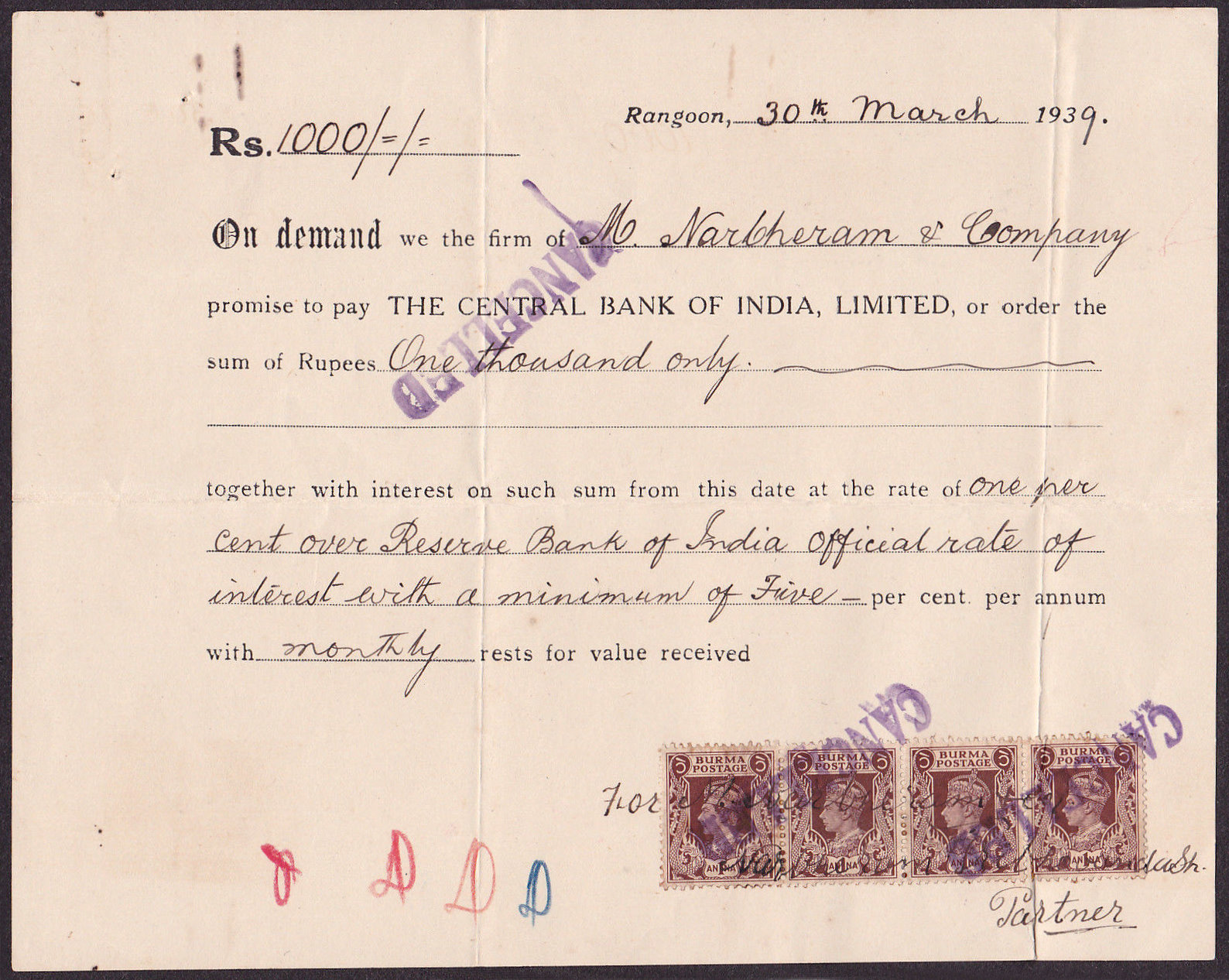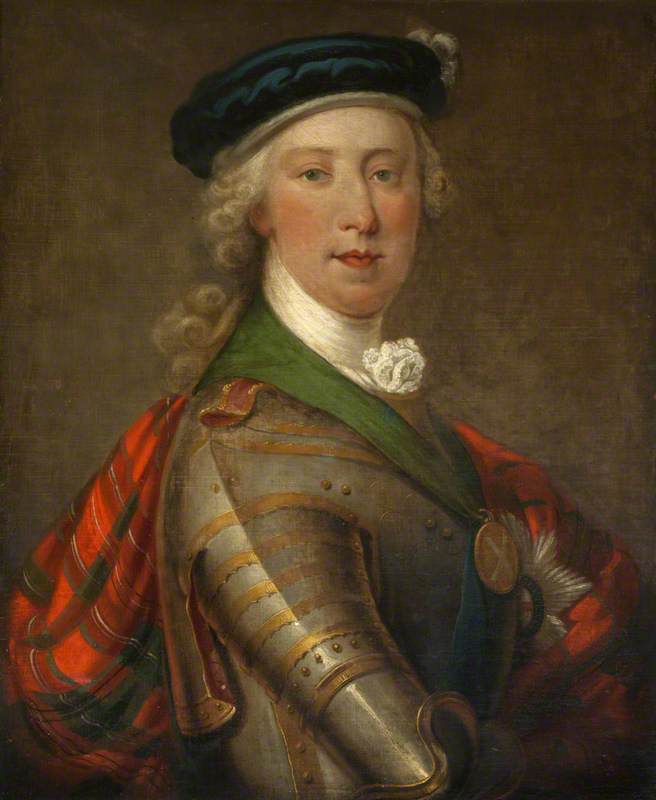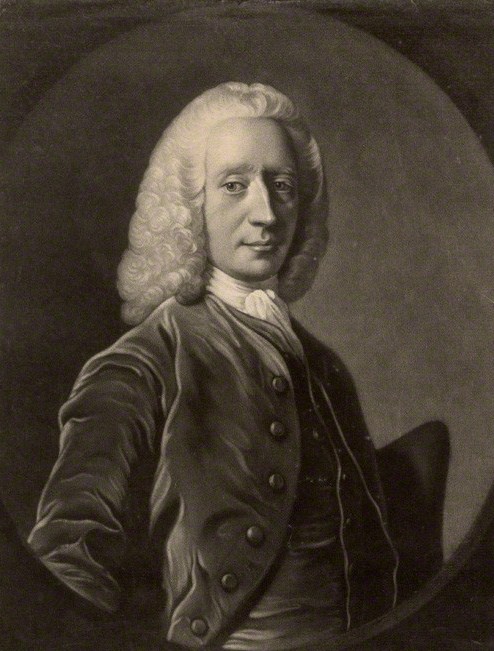|
Bell, Cookson, Carr And Airey
Bell, Cookson, Carr and Airey, also known as The Old Bank, was a private banking partnership established in Newcastle upon Tyne by or before 1755, instigated by Ralph Carr. The claim is made that it is the oldest British country or provincial banking company. The Old Bank continued, under many different names as members of the partnership from time to time changed, until 1839, when as Messers Ridley, Bigge, & Co. it was purchased and folded into the ill-fated Northumberland and Durham District Bank. Antecedent and formation Bell, Cookson, Carr and Airey was formed at the instigation of Ralph Carr, a wealthy Newcastle upon Tyne merchant having considerable experience in international trade, notabily in Northern Europe and the Americacan colonies. Such trade depended, in part, on the handling, administration and settlement of bills of exchange - something Carr became intimately familiar with, and engaged in on his own account. Maberly Phillips traces Carr's decision to form the b ... [...More Info...] [...Related Items...] OR: [Wikipedia] [Google] [Baidu] |
Newcastle Upon Tyne
Newcastle upon Tyne ( RP: , ), or simply Newcastle, is a city and metropolitan borough in Tyne and Wear, England. The city is located on the River Tyne's northern bank and forms the largest part of the Tyneside built-up area. Newcastle is also the most populous city of North East England. Newcastle developed around a Roman settlement called Pons Aelius and the settlement later took the name of a castle built in 1080 by William the Conqueror's eldest son, Robert Curthose. Historically, the city’s economy was dependent on its port and in particular, its status as one of the world's largest ship building and repair centres. Today, the city's economy is diverse with major economic output in science, finance, retail, education, tourism, and nightlife. Newcastle is one of the UK Core Cities, as well as part of the Eurocities network. Famous landmarks in Newcastle include the Tyne Bridge; the Swing Bridge; Newcastle Castle; St Thomas’ Church; Grainger Town including G ... [...More Info...] [...Related Items...] OR: [Wikipedia] [Google] [Baidu] |
Ralph Carr (merchant)
Ralph Carr (1711–1806) was a British businessman and banker who occupied a leading position in Newcastle upon Tyne in the 18th-century. He was one of the foremost merchants upon the Tyne; founder of a famous bank in Newcastle; a considerable landowner in Northumberland and Durham; and an earnest and liberal supporter of numerous schemes of progress and philanthropy. Biography Early life Ralph Carr was born on the 22 September 1711, the son of John Carr, a mining operator in Cumberland and Westmorland, agent to Lord Thanet, the Claverings of Axwell, and others, and the purchaser, in 1704, of the estate of Dunston Hill, in Whickham, Gateshead; and Sarah, daughter of William Wynne, of Gateshead, woolstapler. His grandfather was John Carr, merchant and boothman, apprenticed, in 1655, to Phineas Allen, and set over the following year to William Johnson (father of Sir Nathaniel Johnson, Mayor and M.P., governor of the Leeward Islands and of South Carolina), whose daughter Abigail, ... [...More Info...] [...Related Items...] OR: [Wikipedia] [Google] [Baidu] |
Northumberland And Durham District Bank
Northumberland () is a county in Northern England, one of two counties in England which border with Scotland. Notable landmarks in the county include Alnwick Castle, Bamburgh Castle, Hadrian's Wall and Hexham Abbey. It is bordered by land on three sides; by the Scottish Borders region to the north, County Durham and Tyne and Wear to the south, and Cumbria to the west. The fourth side is the North Sea, with a stretch of coastline to the east. A predominantly rural county with a landscape of moorland and farmland, a large area is part of Northumberland National Park. The area has been the site of a number of historic battles with Scotland. Name The name of Northumberland is recorded as ''norð hẏmbra land'' in the Anglo-Saxon Chronicle, meaning "the land north of the Humber". The name of the kingdom of ''Northumbria'' derives from the Old English meaning "the people or province north of the Humber", as opposed to the people south of the Humber Estuary. History The ... [...More Info...] [...Related Items...] OR: [Wikipedia] [Google] [Baidu] |
Bills Of Exchange
A negotiable instrument is a document guaranteeing the payment of a specific amount of money, either on demand, or at a set time, whose payer is usually named on the document. More specifically, it is a document contemplated by or consisting of a contract, which promises the payment of money without condition, which may be paid either on demand or at a future date. The term has different meanings depending on the use of the term as it is used in the application of different laws, and depending in which country and context it is used. Concept of negotiability William Searle Holdsworth defines the concept of negotiability as follows: #Negotiable instruments are transferable under the following circumstances: they are transferable by delivery where they are made payable to the bearer, they are transferable by delivery and endorsement where they are made payable to order. #Consideration is presumed. #The transferee acquires a good title, even though the transferor had a defective or n ... [...More Info...] [...Related Items...] OR: [Wikipedia] [Google] [Baidu] |
Jacobite Rising Of 1745
The Jacobite rising of 1745, also known as the Forty-five Rebellion or simply the '45 ( gd, Bliadhna Theàrlaich, , ), was an attempt by Charles Edward Stuart to regain the Monarchy of Great Britain, British throne for his father, James Francis Edward Stuart. It took place during the War of the Austrian Succession, when the bulk of the British Army was fighting in mainland Europe, and proved to be the last in Jacobite risings, a series of revolts that began in Jacobite rising of 1689, 1689, with major outbreaks in 1708, Jacobite rising of 1715, 1715 and Jacobite rising of 1719, 1719. Charles launched the rebellion on 19 August 1745 at Glenfinnan in the Scottish Highlands, capturing Edinburgh and winning the Battle of Prestonpans in September. At a council in October, the Scots agreed to invade England after Charles assured them of substantial support from English Jacobitism, Jacobites and a simultaneous French landing in Southern England. On that basis, the Jacobite Army (1745) ... [...More Info...] [...Related Items...] OR: [Wikipedia] [Google] [Baidu] |
Charles Edward Stuart
Charles Edward Louis John Sylvester Maria Casimir Stuart (20 December 1720 – 30 January 1788) was the elder son of James Francis Edward Stuart, grandson of James II and VII, and the Stuart claimant to the thrones of England, Scotland and Ireland from 1766 as Charles III. During his lifetime, he was also known as "the Young Pretender" and "the Young Chevalier"; in popular memory, he is known as Bonnie Prince Charlie. Born in Rome to the exiled Stuart court, he spent much of his early and later life in Italy. In 1744, he travelled to France to take part in a planned invasion to restore the Stuart monarchy under his father. When the French fleet was partly wrecked by storms, Charles resolved to proceed to Scotland following discussion with leading Jacobites. This resulted in Charles landing by ship on the west coast of Scotland, leading to the Jacobite rising of 1745. The Jacobite forces under Charles initially achieved several victories in the field, including the Battle of ... [...More Info...] [...Related Items...] OR: [Wikipedia] [Google] [Baidu] |
James Francis Edward Stuart
James Francis Edward Stuart (10 June 16881 January 1766), nicknamed the Old Pretender by Whigs, was the son of King James II and VII of England, Scotland and Ireland, and his second wife, Mary of Modena. He was Prince of Wales from July 1688 until, just months after his birth, his Catholic father was deposed and exiled in the Glorious Revolution of 1688. James II's Protestant elder daughter (the prince's half-sister) Mary II and her husband (the prince's cousin) William III became co-monarchs. The Bill of Rights 1689 and Act of Settlement 1701 excluded Catholics such as James from the English and British thrones. James Francis Edward was raised in Continental Europe and known as the Chevalier de St. George. After his father's death in 1701, he claimed the English, Scottish and Irish crowns as James III of England and Ireland and James VIII of Scotland, with the support of his Jacobite followers and Louis XIV of France, a cousin of his father. Fourteen years late ... [...More Info...] [...Related Items...] OR: [Wikipedia] [Google] [Baidu] |
Battle Of Prestonpans
The Battle of Prestonpans, also known as the Battle of Gladsmuir, was fought on 21 September 1745, near Prestonpans, in East Lothian, the first significant engagement of the Jacobite rising of 1745. Jacobite forces, led by the Stuart exile Charles Edward Stuart, defeated a government army under Sir John Cope, whose inexperienced troops broke in the face of a Highland charge. The battle lasted less than thirty minutes, was a huge boost to Jacobite morale and established the revolt as a serious threat to the British government. Background The War of the Austrian Succession meant that by early 1745, the bulk of British forces were committed in Flanders. Encouraged by French victory at Fontenoy in April 1745, Charles Edward Stuart sailed for Scotland in July, hoping to take advantage of the situation. When he landed at Eriskay in the Outer Hebrides on 23 July, most of those contacted advised him to return to France, but enough were eventually persuaded, notably Donald Cameron o ... [...More Info...] [...Related Items...] OR: [Wikipedia] [Google] [Baidu] |
Prince William, Duke Of Cumberland
Prince William Augustus, Duke of Cumberland (15 April 1721 Old_Style_and_New_Style_dates">N.S..html" ;"title="Old_Style_and_New_Style_dates.html" ;"title="/nowiki> N.S.">Old_Style_and_New_Style_dates.html"_;"title="/nowiki>Old_Style_and_New_Style_dates">N.S./nowiki>_–_31_October_1765)_was_the_third_and_youngest_son_of_George_II_of_Great_Britain.html" ;"title="Old Style and New Style dates">N.S.">Old_Style_and_New_Style_dates.html" ;"title="/nowiki>N.S./nowiki>_–_31_October_1765)_was_the_third_and_youngest_son_of_George_II_of_Great_Britain">King_George_II_of_N.S./nowiki>_–_31_October_1765)_was_the_third_and_youngest_son_of_George_II_of_Great_Britain">King_George_II_of_Kingdom_of_Great_Britain">Great_Britain_and_Kingdom_of_Ireland.html" "title="Kingdom_of_Great_Britain.html" "title="Old Style and New Style dates">N.S./nowiki> – 31 October 1765) was the third and youngest son of George II of Great Britain">King George II of Kingdom of Great Britain">Great Britain and King ... [...More Info...] [...Related Items...] OR: [Wikipedia] [Google] [Baidu] |
John Cope (British Army Officer)
Sir John Cope (July 1688 – 28 July 1760) was a British soldier, and Whig Member of Parliament, representing three separate constituencies between 1722 and 1741. He is now chiefly remembered for his defeat at Prestonpans, the first significant battle of the Jacobite rising of 1745 and which was commemorated by the tune "Hey, Johnnie Cope, Are Ye Waking Yet?", which still features in modern Scottish folk music and bagpipe recitals. His military service included the wars of the Spanish and Austrian Successions. Like many of the senior officers present at Dettingen in 1743, victory resulted in promotion, and he was appointed military commander in Scotland shortly before the 1745 Rising. Although exonerated by a court-martial in 1746, Prestonpans ended his career as a field officer. In 1751, he was appointed governor of the Limerick garrison, and deputy to Viscount Molesworth, commander of the army in Ireland. He died in London on 28 July 1760. Biographical details Fo ... [...More Info...] [...Related Items...] OR: [Wikipedia] [Google] [Baidu] |
John Coutts (merchant)
John Coutts (28 July 1699 – 23 March 1750) was a British merchant and banker who became Lord Provost of Edinburgh in 1742. Life Born on 28 July 1699 either in Montrose or Edinburgh, Scotland, he was the eldest son of Patrick Coutts (1669-1704), a merchant in Edinburgh and Montrose, with trading interests in New York, Pennsylvania, Amsterdam, France and the Canaries. John was born to Partick's first wife, Jean Dunlop of Garnkirk, on 28 July 1699. Patrick was fourth son of John Coutts. Provost of Montrose. When his father died (when John was 5) he was cared for by an uncle in Montrose. He was educated at the Old Grammar School in Montrose under Dr Robert Strachane and Dr Robert Milne. He went to Edinburgh in 1713 and served a mercantile apprenticeship for 5 years. He started his own business as a commission agent and dealer in grain. After acquiring capital, he became a negotiator of bills (debts), a business which the banks then neglected. From 1728 he served a function ... [...More Info...] [...Related Items...] OR: [Wikipedia] [Google] [Baidu] |
James Coutts (MP)
James Coutts (10 March 1733 – 15 February 1778) was a Scottish politician, merchant and founder of the Coutts & Co. bank. Early life Coutts was born in Edinburgh, Scotland on 10 March 1733. He was the third son of Jean Steuart and John Coutts, the former Lord Provost of Edinburgh. Among his siblings were Patrick Coutts; John Coutts; Thomas Coutts and Steuart Coutts, and one sister, Margaret Coutts. His maternal grandfather was Sir John Steuart, 2nd Baronet of Allanbank (son of Sir Robert Steuart, 1st Baronet and Jean Gilmour, a daughter of Sir John Gilmour). His great-uncle was Archibald Stewart, the Lord Provost of Edinburgh. Coutts was educated at the Royal High School, Edinburgh. Career On his marriage, Coutts was taken into partnership by his wife's uncle, George Campbell, head of the Whig bank in the Strand who counted John Stuart, 3rd Earl of Bute as a customer. Upon Campbell's death in 1761, James took his brother Thomas into partnership with him. Lord Bute, as pr ... [...More Info...] [...Related Items...] OR: [Wikipedia] [Google] [Baidu] |







